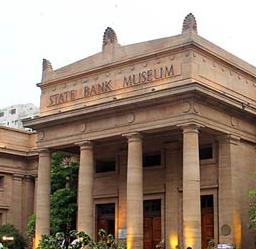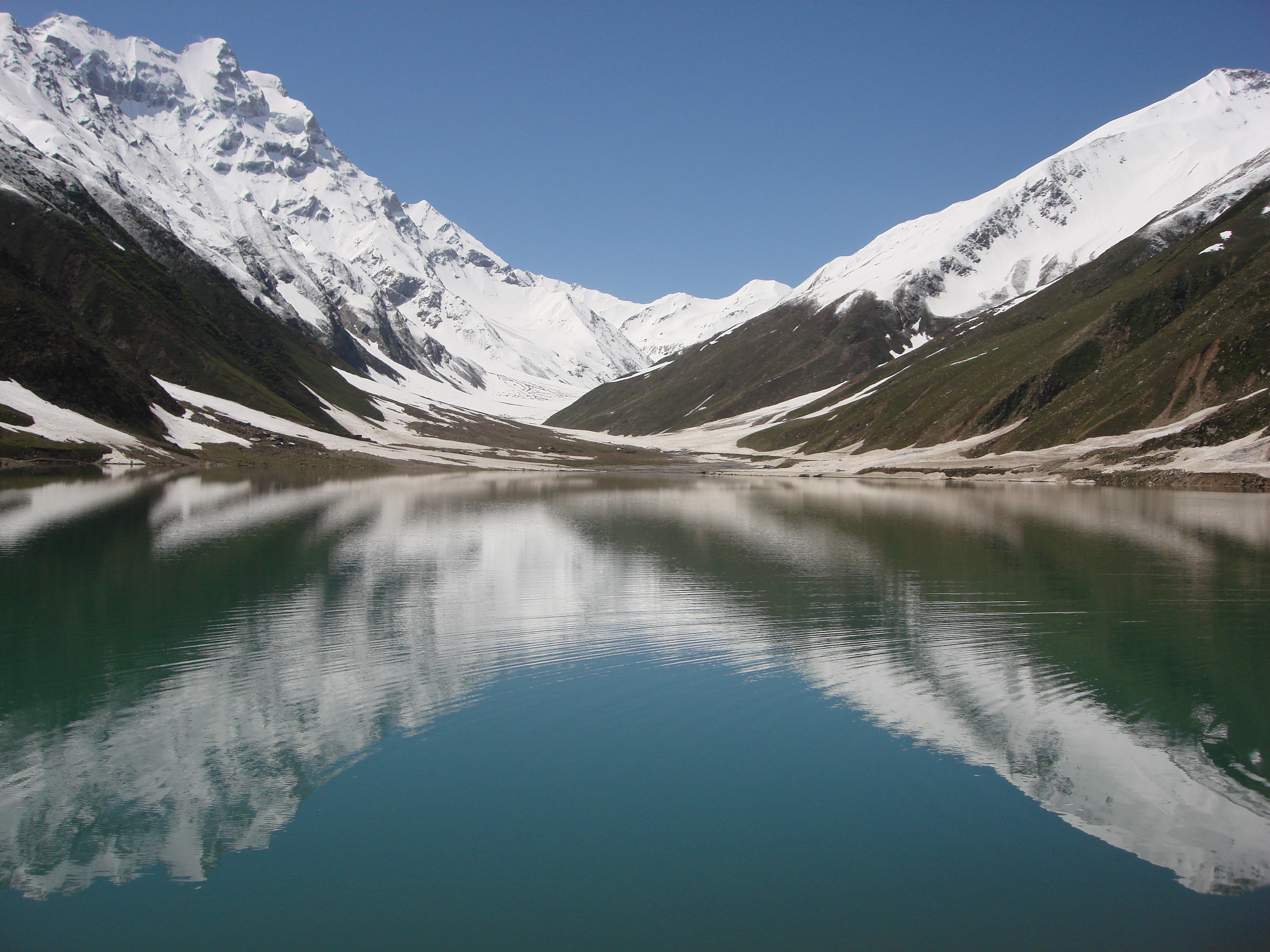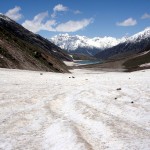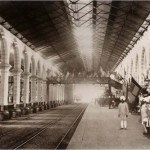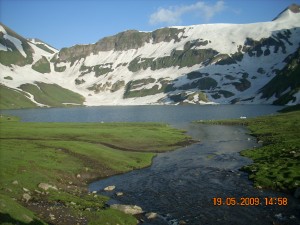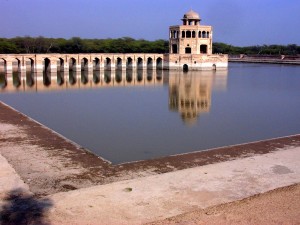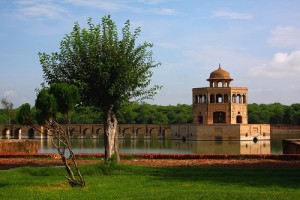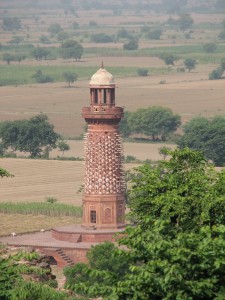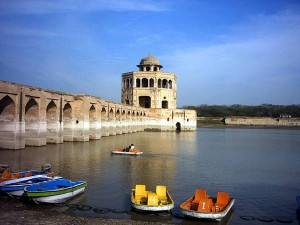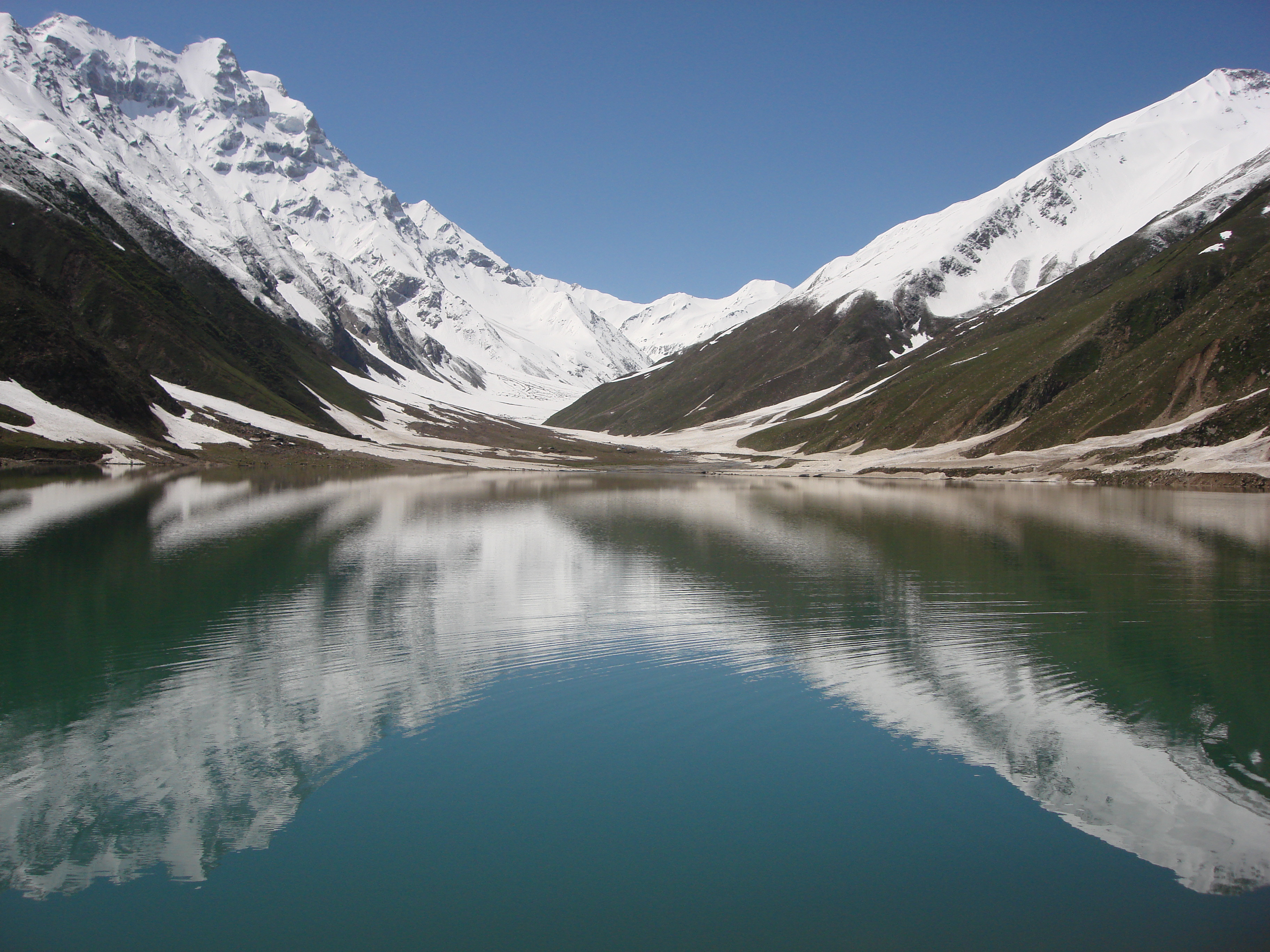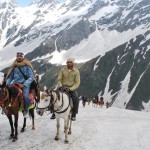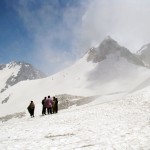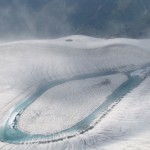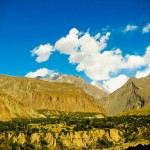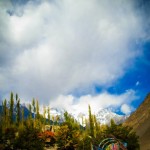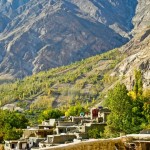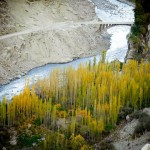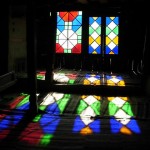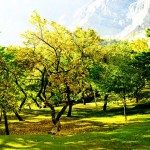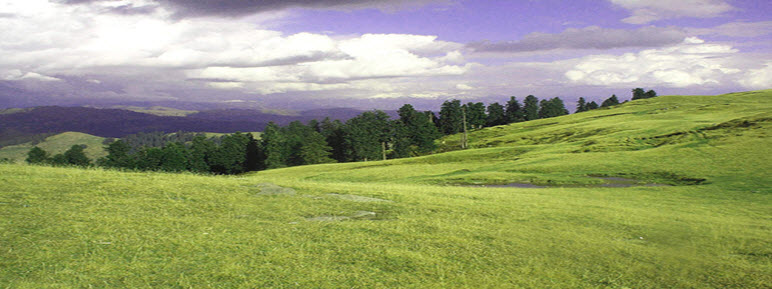Abaseen – Where History, Romance & Waters Meet… Enjoy a memorable and fun-filled ferry tour with your family on the waters of the Kabul River & Indus River! Named after the two main characters of an old Pashto folklore romance, Esap Khan and Sherbano respectively, the ferries are owned by Tourism Corporation of Khyber Pakhtunkhwa (TCKP) and are part of the “Abaseen Ferry Service” fleet which ply between TCKP’s Kund Rest House and Attock through a river area steeped in the romance of history. Live narration, onboard refreshments and excellent photography opportunities make this journey an unforgettable experience for tourists.
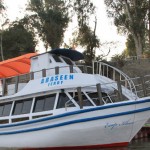
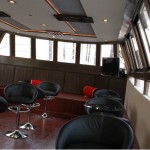
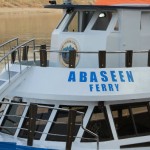
TCKP is the first public sectortourism organisation in the country that has its own fleet.
Ticket Charges:
Tickets: per head Rs. 250 (Adult) Between 12-5 years (50% discount) 20 % discount for school going students on production of institution’s identity card Tickets available at Kund Rest House & TCKP’s Tourist Information Centre, Peshawar Museum Note: Ferry can be privately chartered as well. Rate: Rs 15,000 per hour
About the Ferries:
Constructed from hulls of fibre glass purchased at Karachi Fish Harbour, the boats were entirely redesigned and transported to Kund. Each ferry has a total capacity of 30-40 passengers on top and lower decks. Front to back span is 35 feet. Each boat is equipped with a 160HP Hino engine, marine gear and brass propeller. For passengers’ comfort onboard toilet facility, air-conditioning and refreshments have been provided. Route: Scenic Kund Rest House (Starting Point) to Baradariat Attock Fort (Rest Area) and Return. Distance: 5 KMs Journey time: Downstream – 20 Minutes Upstream – 1 ½ Hour (Return)
About the route:
The historic region of Attock lies at the confluence of two great rivers: the Kabul, which ends here after travelling some 435 km from its source, in the mountains west of the Afghan capital; and the Indus, one of the legendary rivers of Asia, which begins high in the Tibetan Himalayas. Where the two rivers meet, the Kabul appears a muddy burnt-sugar colour, the Indus a brilliant blue-green. Further downstream, the two colours remain clearly visible, one river with two distinct streams, for considerable distance until they slowly accommodate each other. Historic Sites “Everybody, who was ever anybody, passed this way!” This geographic landscape has a history that is unparalleled. Great leaders, travellers and sages who left a mark on history have passed through here. Here, in 326 BC, Alexander the Great crossed the Indus on a bridge of boats built by his aide Hephaestion at a nearby site called Hund where a stone column in Greek style has recently been built to honour the great conqueror. The Mughal emperor Akbar the Great built the grand Attock Fort in 1581 AD. It stands majestically by the side of the Indus and runs two miles in circumference. A bridge made of boats lasted in many forms over the Indus since the time of Alexander’s first crossing of this river. It went out of use after the construction of the iron girder bridge in 1883. In 1859, Col A Robertson proposed construction of a 1215 ft long tunnel under the river at Attock. It was built to near completion in three years, however escalating project costs, machinery breakdowns and water leakage issues caused the plan to be suspended. Tunnel digging efforts were mere 258 feet short from culmination before being abandoned altogether in 1862. The old iron girder bridge at Attock built in 1883is a marvel of British engineering which has stood the test of time to this day. Apart from having a railway line above, it also has a way for wheeled traffic and foot passengers underneath. Next to it is the AttockKhurd railway station. ‘Khurd’ is a Persian word for small.
A beautiful platform rests in the backdrop of an elegant colonial-styled building of the North Western Railway station of yore. It has been converted into a Railway Heritage Tourist Resort. On the western bank of River Indus is a tall war memorial in the shape of a .303 rifle bullet, which is in fact the earliest WW1 monument erected anywhere in the British Empire. It was erected in April 1919 to the memory of the men of the 40th Pathan Regiment who took part in the Great War 1914-1918. (Inscription on white marble tablet: War Memorial 40 Pathans) Remains of the old Victorian British cemetery, Begum kiSerai, BahramkiBaradari, tomb of the unknown dancer and many Hindu, Jain and Sikh temples of the bygone era are located in the vicinity.
There is a wildlife sanctuary at Kund Park and here one can enjoy camelback rides and boating. How to get here: From Peshawar: Kund Rest House is located on the left hand side on the main Grand Trunk Road (or GT Road) approx. 1 km short of the Khairabad Bridge. Distance is 1 hour 15 minutes journey by car from Peshawar. [Map] From Islamabad: Take M1 motorway, exit at Burhan interchange, take GT Road, cross Attock Bridge into Khyber Pakhtunkhwa. Kund Rest House is located on the main GT Road on right hand side and approximately 1 km from Khairabad.
Contact:
For Queries & Bookings: Ajmal Khan(Ph: 0346-9008519)
Email: info@kptourism.com
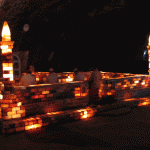 Children usually spend their summer holidays with cousins and relatives. Some enjoy their vacations on hill stations or even out of the country. But there are still few children who have not enjoyed this period yet. The reason could be the severity of summer, or busy schedules of their parents or they are still planning to go somewhere. Those who cannot spare many days for spending holidays can enjoy even a day out of home like Sunday. For people living around Islamabad, they can enjoy a day return trip to Murree and near hill stations but Lahories cannot enjoy visiting such places in one day. At this moment they have a best option to enjoy the real beauty of nature inside the mountains and that is Khewra Salt Mines.
Children usually spend their summer holidays with cousins and relatives. Some enjoy their vacations on hill stations or even out of the country. But there are still few children who have not enjoyed this period yet. The reason could be the severity of summer, or busy schedules of their parents or they are still planning to go somewhere. Those who cannot spare many days for spending holidays can enjoy even a day out of home like Sunday. For people living around Islamabad, they can enjoy a day return trip to Murree and near hill stations but Lahories cannot enjoy visiting such places in one day. At this moment they have a best option to enjoy the real beauty of nature inside the mountains and that is Khewra Salt Mines.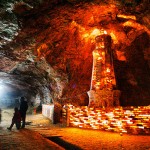
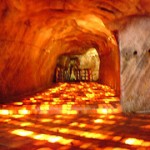 There are so many worth watching objects inside the khewra salt mines. With the help of salt bricks, there is a mosque, hospital, model of Minar-e-Pakistan and many such things are constructed. Fancy lights on the walkways and inside the ponds really catch the attention of visitors. Thousands of people visit to the place every year. Impressed by this, PMDC has opened a resort at khewra mines. So get ready and spend whole day at khewra Salt Mines with friends and family members.
There are so many worth watching objects inside the khewra salt mines. With the help of salt bricks, there is a mosque, hospital, model of Minar-e-Pakistan and many such things are constructed. Fancy lights on the walkways and inside the ponds really catch the attention of visitors. Thousands of people visit to the place every year. Impressed by this, PMDC has opened a resort at khewra mines. So get ready and spend whole day at khewra Salt Mines with friends and family members.